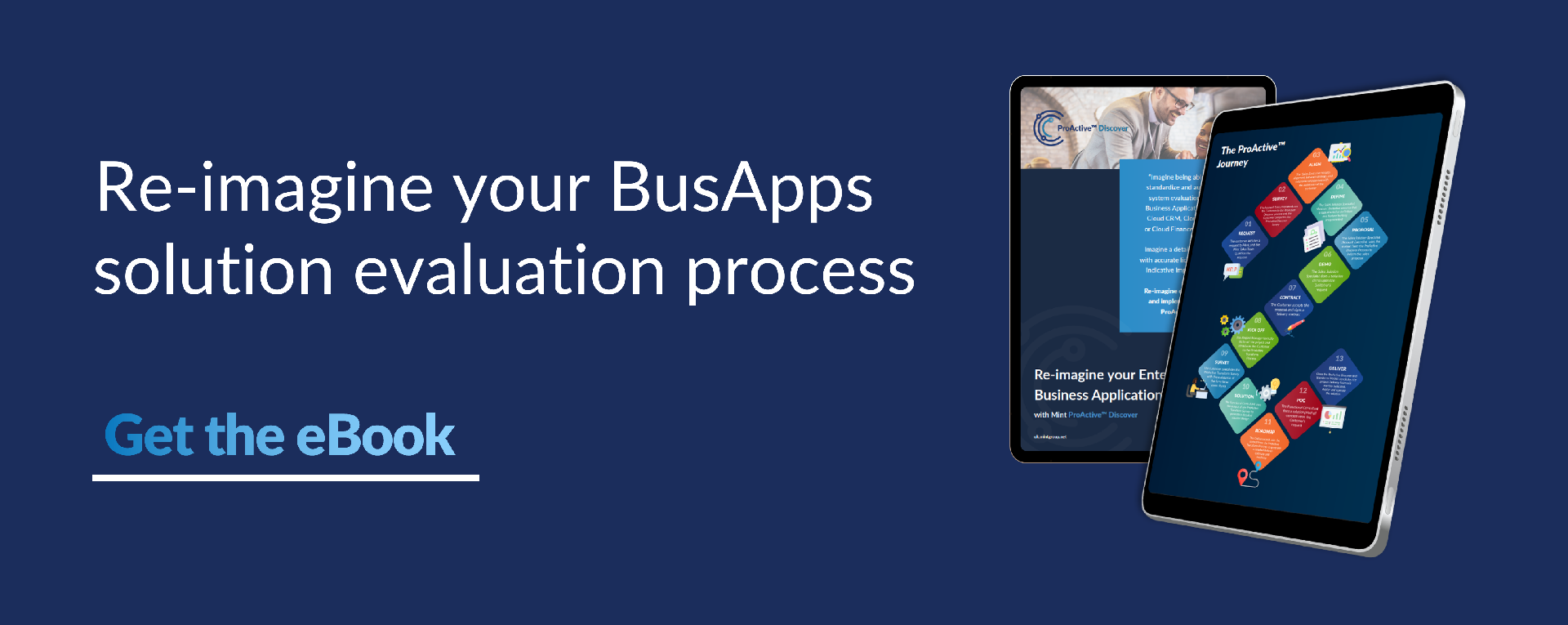Public cloud, says Statista, is expected to be worth nearly $200 billion in 2023 and McKinsey describes cloud as the ‘trillion-dollar prize’ that’s up for grabs. Thing is, while cloud has many proven benefits across cost savings, efficiencies, productivity gains, and so much more, it also has many proven pitfalls, especially if it isn’t implemented strategically. This is echoed in a recent analysis by McKinsey that highlights how cloud can ‘flounder quickly unless organizations invest in building the right cloud foundations’.
The firm points out that short-term gains lead to long-term pain, and it’s not wrong. This view is echoed by Forrester in its 2023 trends report. The research company underscores the importance of investing into cloud native applications and solutions while remaining laser-focused on proving ROI and managing costs more effectively. A fast and furious approach to cloud may patch up some holes, but it can invariably lead to new leaks forming in other parts of the business (to continue the analogy) and to more expenses.
It is key that companies invest into cloud foundations, but also that this investment is consistent and stable. It’s not, as McKinsey’s report points out, sexy, but it is the absolute bedrock of a successful cloud transformation strategy and future. Gartner adds that three of the other mistakes often made when investing into cloud are that companies assume it’s only an IT strategy, and that companies mix strategy with implementation.
For companies to fully realise the benefits of cloud, strategy should come first, then implementation follows in ways that align with that strategy and allow for the iterative evolution of services and applications. They should also, Gartner emphasises, collaborate with trusted third-party service providers to ensure cost-effective and effective implementation.
Cloud transformation doesn’t have to be insanely complicated
You’re investing into cloud because you want to improve the quality and capabilities of your business. You want technology that will help you to prioritise your teams and better manage customer expectations. And you want to excel at doing business in the modern market.
This is exactly what cloud is primed to do. It’s designed to shift your systems and processes towards deeper optimisation and functionality. This is its sole purpose. And Microsoft has put a lot of research and development into ensuring that its cloud offering can achieve this purpose, along with some fresh and new innovations that help organisations reshape their approaches and costs.
Microsoft Dynamics 365, Office 365, Azure – these solutions are designed to deliver business transformation and, in combination, provide you with a rich and customisable ecosystem that sits comfortably on the Microsoft Cloud Stack. And, as an added bonus, Mint can help you to pull on each of these technologies to create a picture that works for you, within your strategy, and aligned to your budget.
The trick is to be holistic
Your cloud technology stack needs to be end-to-end and holistic. This means that it needs to deliver across every, single touchpoint that your strategy has identified as critical, and be capable of adapting to unexpected change. There is no perfect implementation, but there is perfect collaboration that ensures you can find solutions to the unexpected and the unplanned. This is the way to ensuring that your technology works for you on a sustainable level.
Mint offers you consultancy, support, implementation advisory, project management and digital enablement alongside rich cloud enablement capabilities. We will help you step into a cloud infrastructure that is effective, delivers ROI and avoids the common pitfalls that limit its capabilities.
Thinking of moving your on-premise ERP solution to the cloud? Speak to us about how our ProActive™ Discover can quickly identify your requirements and fit against Microsoft Dynamics 365 Solutions. Find out how.




